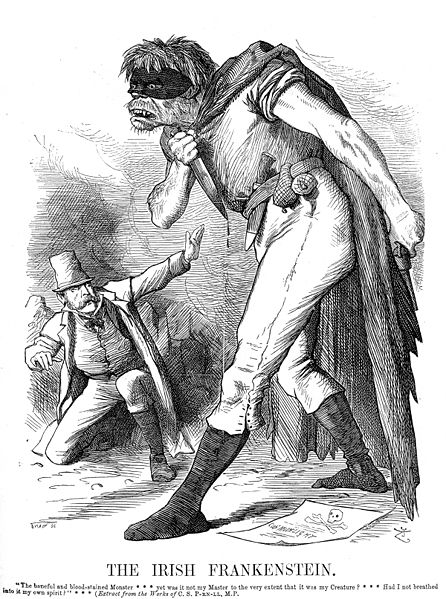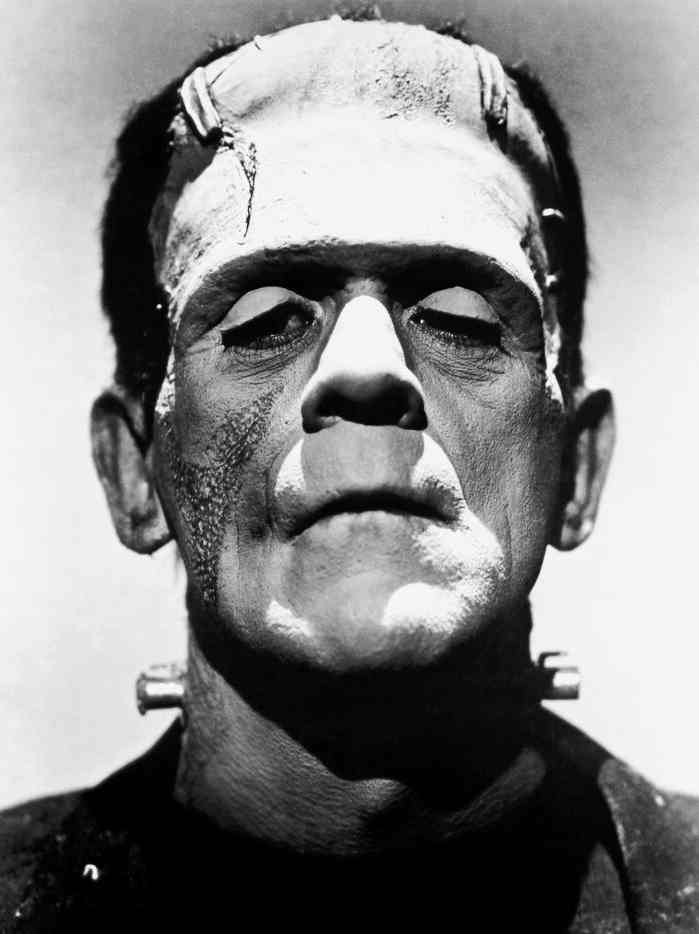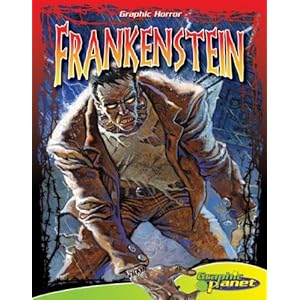On Wednesday, October 27 Bookender's Book Group will meet to discuss The Forgotten Garden by Kate Morton downstairs in the library at 7:00 p.m. The discussion will be led by Diane Marsh. Everyone is invited to attend.
A foundling, an old book of dark fairy tales, a secret garden, an aristocratic family, a love denied, and a mystery. The Forgotten Garden is a captivating, atmospheric and compulsively readable story of the past, secrets, family and memory from the international best-selling author Kate Morton.
In 1913, a four year old girl arrives by boat at a wharf in Brisbane, Australia. When her parents do not show up to get her, a dock master takes pity on her, and takes her home to his wife. Having hit her head on board the boat, the little girl does not remember her name, and the only clue to her identity is a book of fairy tales tucked inside a white suitcase. The dock master and his wife decide to keep her and raise her as their own. They name her Nell. On her twenty-first birthday they tell Nell the truth, and with her sense of self shattered and with very little to go on, she sets out on a journey to England to try to trace her story, to find her real identity. She starts to piece together bits of her story, but just as she's about to trace the mystery to it's source, her granddaughter, Cassandra is left in her care. It is not until her granddaughter, Cassandra, takes up the search that all the pieces of the puzzle are assembled. When her grandmother dies, Cassandra finds herself on an unexpected adventure that leads her to England and to a small Cornish village, and finally, to Cliff Cottage and its walled garden...a garden that harbors the secrets of the 1900s and buried within its grounds the fascinating and tragic story of the Mountrachets and the woman her grandmother, as a child, had called the Authoress.
Shifting back and forth over a span of nearly 100 years, this is a sprawling, old-fashioned novel, containing stories-within-stories, with a maze and even a Dickensian rag-and-bone shop. It’s a satisfying read overall, just the thing for readers who like multigenerational sagas with a touch of intrigue.
 | |
| Kate Morton |
Kate Morton is the eldest of three sisters. She was born in South Australia and moved with her family numerous times before settling, finally, on Tamborine Mountain. There she attended a tiny country school and spent much of her childhood inventing and playing games of make-believe with her sisters.
Kate fell avidly in love with books very early. Her favorites were those by Enid Blyton, and Kate escaped many times up the Faraway Tree or with the Famous Five into smugglers' cove. It was a love deeply felt, for it is still mysteries and secrets that dance around the edges of Kate's mind, keeping her awake deep into the night, turning or typing pages.
When she finished school, Kate studied and earned a Licentiate in Speech and Drama from Trinity College London. After an ill-fated attempt to do something sensible and obtain an Arts/Law degree, she went on to complete a summer Shakespeare course at the Royal Academy of Dramatic Art in London and for sometime believed her future lay in theater. Until one day, quite simply and clearly, she realized that it wasn't performing she was in love with. It was words.
Although she'd read and scribbled from before she could remember, it hadn't occurred to Kate, until that time, that real books were written by real people. She began writing in earnest and completed two full length manuscripts (which lie deep and determinedly within a bottom drawer) before settling finally into the story that would become The Shifting Fog (The House at Riverton).
Meanwhile, Kate graduated from the University of Queensland with First Class Honors in English Literature and took up a scholarship to complete a Masters degree focusing on tragedy in Victorian literature. Kate is currently enrolled in a PhD program researching contemporary novels that marry elements of Gothic and mystery fiction.
Kate Morton's books are published in 36 countries. The House at Riverton was a Sunday Times #1 bestseller in the UK in 2007 and a New York Times bestseller in 2008. The Shifting Fog won General Fiction Book of the Year at the 2007 Australian Book Industry Awards, and The House at Riverton was nominated for Most Popular Book at the British Book Awards in 2008. Her second book, The Forgotten Garden, was a #1 bestseller in Australia and a Sunday Times #1 bestseller in the UK in 2008. It won General Fiction Book of the Year at the 2009 Australian Book Industry Awards and was an Amazon Best of the Month pick and a New York Times bestseller in 2009.
Kate is married to Davin, a composer, and they have two young sons. All four live together in a nineteenth century home replete with its own ghosts and secrets in Australia.
Watch as Kate Morton talks about writing The Forgotten Garden.
Discussion Questions for The Forgotten Garden
1. On the night of Nell's twenty-first birthday, her father Hugh tells her a secret that shatters her sense of self. How important is a strong sense of identity to a person's life? Was Hugh right to tell her about her past? How might Nell's life have turned out differently had she not discovered the truth?
2. Did Hugh and Lil make the right decision when they kept Nell?
3. How might Nell's choice of occupation have been related to her fractured identity?
4. Is it possible to escape the past, or does one's history always find a way to revisit the present?
5. Eliza, Nell and Cassandra all lose their birth mothers when they are still children. How are their lives affected differently by this loss? How might their lives have evolved had they not had this experience?
6. Nell believes that she comes from a tradition of "bad mothers." Does this belief become a self-fulfilling prophecy? How does Nell's relationship with her granddaughter, Cassandra, allow her to revisit this perception of herself as a "bad mother"?
7. Is The Forgotten Garden a love story? If so, in what way/s?
8. Tragedy has been described as "the conflict between desire and possibility." Following this definition, is The Forgotten Garden a tragedy? If so, in what way/s?
9. In what ways do Eliza's fairy tales underline and develop other themes within the novel?
10. In what ways do the settings in The Forgotten Garden represent or reflect the character's experiences?
2. Did Hugh and Lil make the right decision when they kept Nell?
3. How might Nell's choice of occupation have been related to her fractured identity?
4. Is it possible to escape the past, or does one's history always find a way to revisit the present?
5. Eliza, Nell and Cassandra all lose their birth mothers when they are still children. How are their lives affected differently by this loss? How might their lives have evolved had they not had this experience?
6. Nell believes that she comes from a tradition of "bad mothers." Does this belief become a self-fulfilling prophecy? How does Nell's relationship with her granddaughter, Cassandra, allow her to revisit this perception of herself as a "bad mother"?
7. Is The Forgotten Garden a love story? If so, in what way/s?
8. Tragedy has been described as "the conflict between desire and possibility." Following this definition, is The Forgotten Garden a tragedy? If so, in what way/s?
9. In what ways do Eliza's fairy tales underline and develop other themes within the novel?
10. In what ways do the settings in The Forgotten Garden represent or reflect the character's experiences?
To find out more about Kate Morton and her other books you can visit her website here.





































![[frankenstein.jpg]](https://blogger.googleusercontent.com/img/b/R29vZ2xl/AVvXsEi6roElz_DrYvedHA9QqcgmU18GZ6Z1H4covNC8gqTqQHyfbxtFl_hLVtDGKEtR5UibJGulZRKoSyuKtIEP_2KzGYPyVASvPDmQCA8Dww4vcdvqJiyzRktveJwoZpNrnMAA5W0lK49IPnms/s640/frankenstein.jpg)











